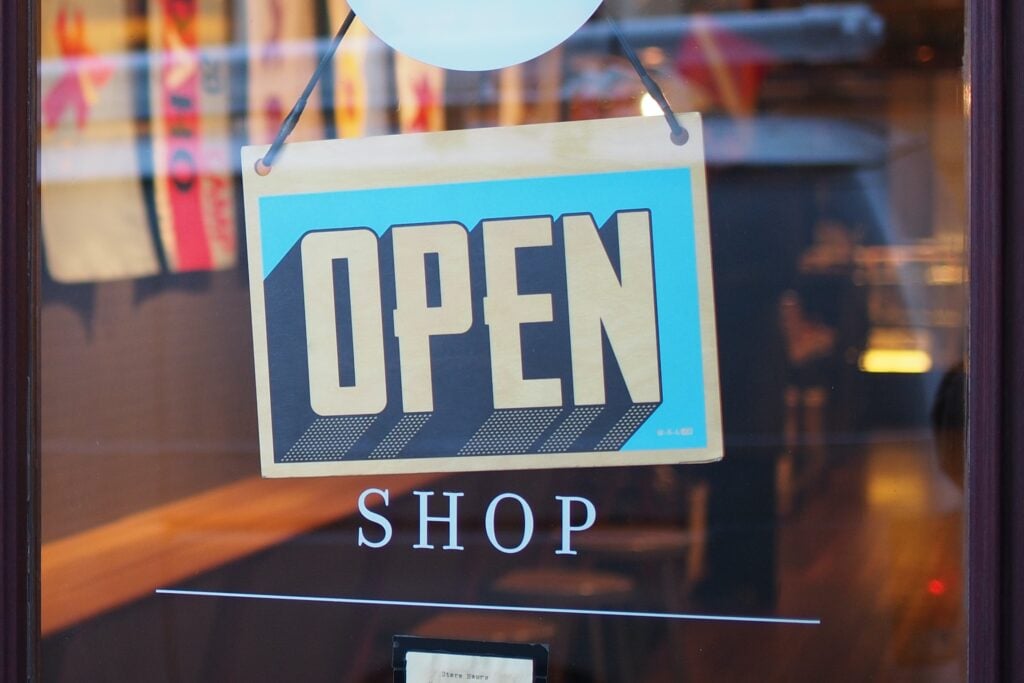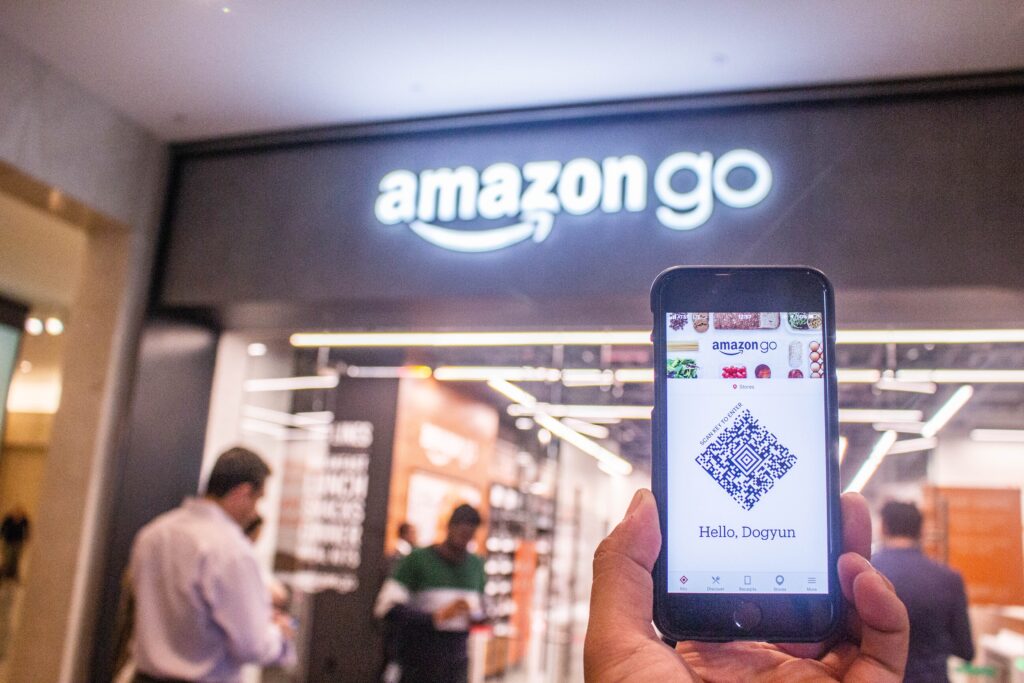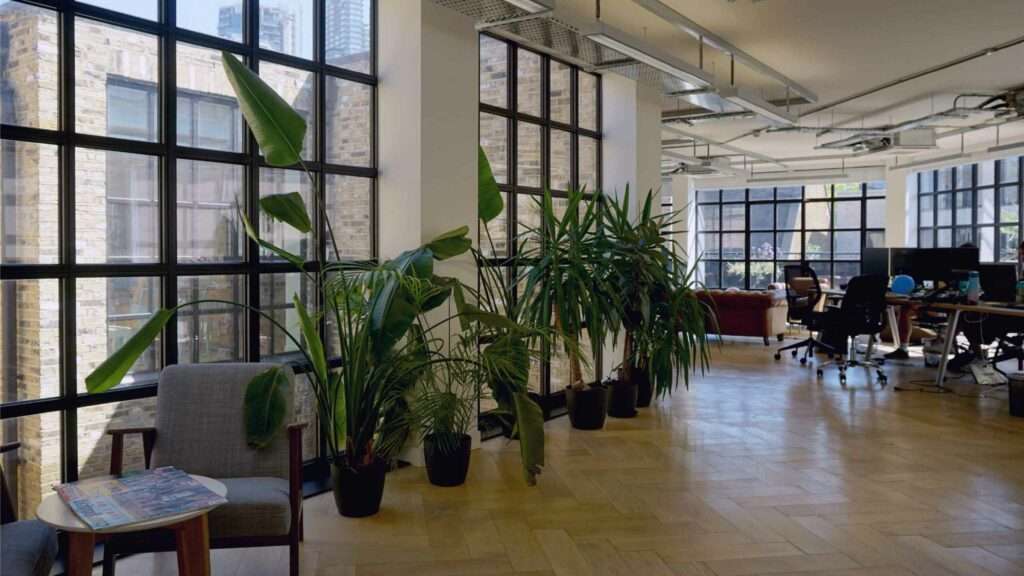Returning to the High Street – Why The Future of Retail is ‘Phygital’
Back in January I wrote about how SMEs have had to pivot their business to trade and connect with their customers in new ways. At the time I wondered what the High Street might look like in another six months. Now, with non-essential shops opening their doors next week, my thoughts turn to exactly what that return will look like. Is physical shopping due the big comeback people are expecting? And if so, how will it differ from the pre-pandemic retail experience?
Will there be a high street boom?

In the short term, absolutely we will see that initial (socially distanced) rush to the high street, with Kantar predicting a £3.9bn high street boom on the first week of reopening. A survey by Deloitte found that most UK shoppers feel safe about returning to the high street from 12th April.
Shoppers are longing for a different shopping experience to that which they have grown accustomed to during lockdown. They want an immersive and physical experience – not to mention the novelty of just being in a shop again! Being in a physical shop means that customers can get back to connecting with the brands they love and value, touching, seeing, and trying on products which so many of us took for granted but really missed when we no longer could.
Longer opening hours and growing confidence among older shoppers in particular – who are more accustomed to traditional shopping and perhaps less confident online – will also fuel the initial high street boom.
But online shopping is here to stay
But not all will rush back of course. The pandemic has accelerated shopping trends that were already in motion. Online shopping has grown 78% during the pandemic, and now makes up 36% of all retail sales. Not only have people become comfortable, confident, and competent with online shopping, but customer expectations are constantly changing and evolving.
Why the future of retail is phygital
Customers, more so now than ever, expect physical purchasing channels to reflect digital ones. In the marketing world this concept is known as ‘phygital’ – using technology to bridge the digital world and the physical with unique interactive experiences. Phygital retail is:
- Engaging
- hassle-free
- personalised
- seamless across all channels.
The winners when we return to “normal” will be the value-adding retailers who can adapt to offer phygtail experiences for shoppers both in-store and online.
One example of a great use of phygital is Amazon’s bricks-and-mortar stores, Amazon Go. The digital shopping giant created physical stores – a novelty in themselves – but the real genius was their “Just Walk Out” concept that enabled shoppers to use their Amazon app to buy what they needed through their virtual cart, without having to check out.

Integrating physical shopping with your digital marketing provides a great opportunity for businesses to incentivise their customers back into bricks and mortar. Apps, online and AI are great for online shopping, but they can also improve the high street shopping experience as well. These new technologies provide a great opportunity to connect and use first-party data to build relationships with customers. This will become even more important with sun setting on 3rd party cookies later this year.
So, is it a big come back for the high street? Yes, it will be with an initial footfall burst, but having spent months with online shopping as our only retail experience, there has been a paradigm shift in the way consumers view shopping. shopping behaviours will likely settle to become more ‘evolved phygital’ – the future of the high street has phygital at its heart.


